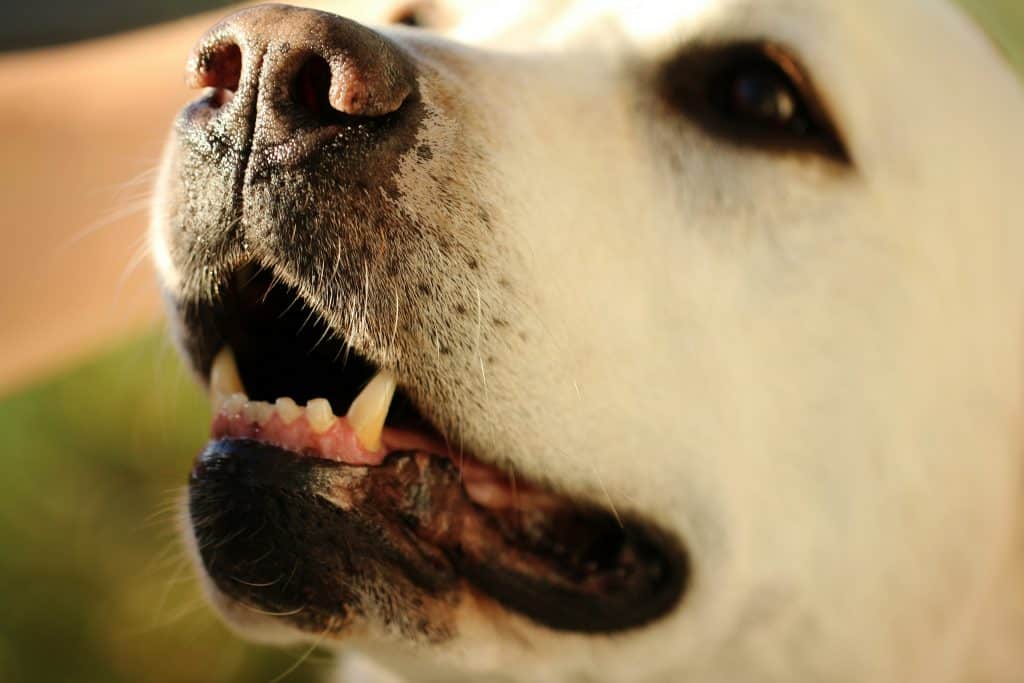
This February, as many owners celebrate National Pet Dental Health Month, it is the perfect time to focus on your cat or dog’s oral hygiene. At Country Boarding for Cats and Dogs, we have uncovered the top five perils of tooth decay in dogs and cats and have explained why maintaining oral hygiene is crucial for their overall health and wellbeing. We hope you enjoy reading this article!
1. Pain and Discomfort
Tooth decay in pets is not just a cosmetic concern; it is a source of significant pain and discomfort. Imagine the persistent ache of a toothache—now transpose that onto your four-legged friend. Pets suffering from dental issues may alter their eating habits, become irritable, or show signs of reluctance when it comes to playing or being touched around the mouth. Tooth pain can significantly impact their quality of life.
2. Gum Disease’s Silent Onset
Tooth decay is often the precursor to gum disease, causing inflammation and infection around the gums. The subtlety of gum disease is deceiving; it may progress unnoticed until it reaches advanced stages. Left untreated, gum disease can lead to tooth loss and even more severe health issues, such as heart and kidney problems, as bacteria from the infected gums can enter the bloodstream.
3. Compromised Nutrition
A pet with dental problems may struggle to eat properly, leading to a compromised nutritional intake. The pain associated with chewing can result in weight loss, malnutrition, and a weakened immune system. Ensuring your pet’s teeth are in excellent condition not only safeguards their oral health but also contributes to their overall well-being through proper nutrition.
4. Bacterial Invasion
Decaying teeth create a gateway for harmful bacteria to invade your pet’s system. These bacteria can spread through the bloodstream, affecting vital organs such as the heart, liver, and kidneys. The connection between oral health and systemic health in pets mirrors the well-established link in humans. Preventing tooth decay becomes a crucial step in preserving not just your pet’s smile but their overall health.
5. Surgical Intervention
Advanced cases of tooth decay can sometimes require surgery, including tooth extractions. Dental surgeries in pets come with inherent risks and recovery periods. Beyond the immediate discomfort for your furry friend, there is the financial aspect to consider. Routine dental care can alleviate the need for drastic measures, ensuring a happier, healthier pet and a less costly path to take for owners regarding their cat or dog’s oral healthcare.
Tips for a Tail-Wagging Smile:
Regular Dental Checkups: Schedule routine dental checkups with your veterinarian to catch issues early.
At-Home Dental Care: Implement at-home dental care practices, such as brushing your pet’s teeth or providing dental chews and toys.
Balanced Diet: Feed your pet a balanced diet that supports their dental health.
Avoid Human Treats: Resist the urge to share human treats, especially sugary or sticky ones, which can contribute to tooth decay.
Be Watchful for Signs: Pay attention to signs of dental issues, including bad breath, swollen gums, or changes in behaviour.
Lastly…
We hope you found this article helpful. This February, taking a proactive approach to your pet’s dental care can set the stage for a healthier, happier, and more content future for them. If you would like to visit our fifteen acre secure dog park then please contact us today on 01462 742658. We look forward to hearing from you!